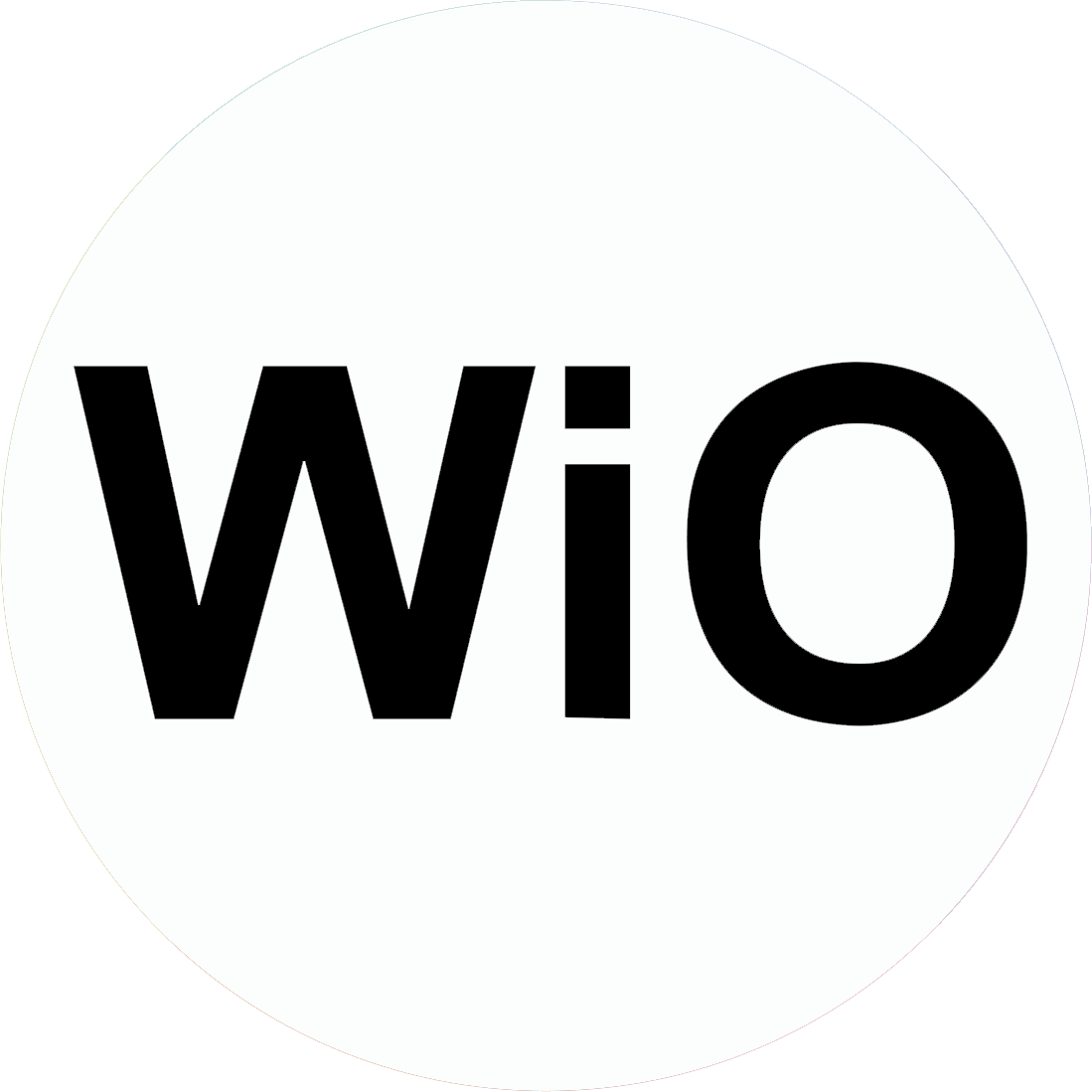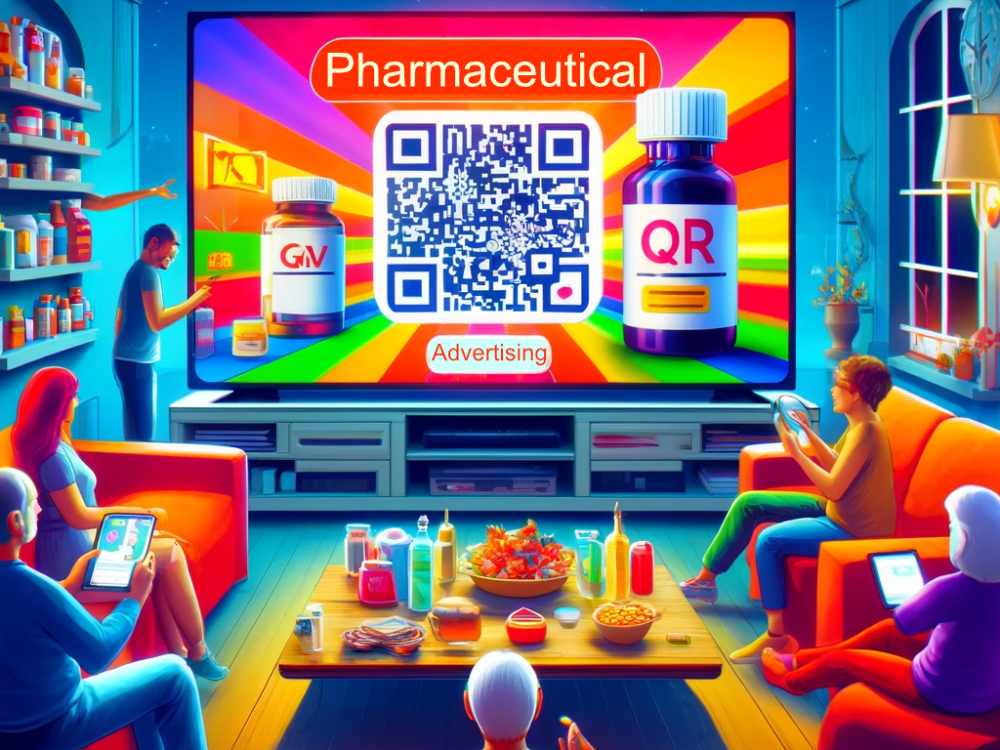How Pharmaceutical Advertisers Can Effectively Use QR Codes In TV Advertising To Enhance Their TV Campaigns.
Television advertising has long been a cornerstone of the pharmaceutical industry, providing a powerful platform to reach broad audiences with messages about new medications, treatments, and health solutions. However, the landscape of TV advertising is evolving, and pharmaceutical TV advertisers must adapt to maintain engagement and effectiveness. One innovative approach gaining traction is the integration of QR (Quick Response) codes into Pharmaceutical TV advertising. These versatile, scannable codes offer a bridge between traditional TV ads and digital interactivity, opening up new avenues for consumer engagement, education, and data collection.
The Basics of QR Codes
QR codes are two-dimensional barcodes that can be scanned by smartphones and other devices to quickly access information. When scanned, QR codes can direct users to websites, videos, digital coupons, or other online content. Their ease of use and the ubiquity of smartphones make QR codes a valuable tool for creating a seamless connection between offline and online experiences.
Enhancing Engagement with Interactive Content
One of the primary benefits of incorporating QR codes into pharmaceutical TV ads is the ability to drive viewers to interactive content. Instead of passively watching a commercial, viewers can actively engage by scanning a QR code that leads them to a variety of digital experiences. For example, a TV ad for a new medication might include a QR code that directs users to a detailed informational video, patient testimonials, or a virtual tour of the drug’s mechanism of action.
Interactive content can provide deeper insights and a more comprehensive understanding of the product, addressing questions and concerns that a 30-second TV spot cannot. This level of engagement is particularly important in the pharmaceutical industry, where consumers often need detailed information to make informed health decisions.
Facilitating Direct Response and Lead Generation
QR codes offer a straightforward method for capturing direct responses from viewers. When a TV ad includes a QR code, viewers can instantly be taken to a landing page where they can sign up for newsletters, request samples, or schedule appointments with healthcare professionals. This immediacy is crucial for converting interest into action.
Pharmaceutical advertisers can use this direct response mechanism to build a database of potential customers. By offering valuable incentives, such as free educational materials or discount coupons for medications, advertisers can encourage viewers to provide their contact information. This data can then be used for targeted follow-up campaigns, further nurturing the relationship between the brand and the consumer.
Providing Access to In-Depth Information
Television commercials are inherently limited by time constraints, which can be a significant challenge when advertising complex pharmaceutical products. QR codes can help overcome this limitation by directing viewers to online resources that offer in-depth information about the product. This could include clinical trial results, detailed explanations of how the medication works, potential side effects, and instructions for use.
By providing access to comprehensive information, pharmaceutical advertisers can ensure that consumers are fully informed about the products they are considering. This transparency can build trust and credibility, which are essential in the healthcare industry.
Enhancing Compliance and Adherence Programs
Patient compliance and adherence to prescribed medications are critical issues in healthcare. QR codes can play a role in improving adherence by connecting patients to resources that support their treatment journey. For instance, a TV ad for a chronic condition medication might include a QR code that links to a mobile app designed to help patients track their medication schedule, set reminders, and monitor their symptoms.
Additionally, QR codes can provide access to educational content that reinforces the importance of adherence and offers tips for managing side effects. By integrating these resources into TV ads, pharmaceutical companies can support patients in staying on track with their treatment plans, ultimately improving health outcomes.
Gathering Valuable Analytics
One of the significant advantages of using QR codes in TV advertising is the ability to gather data on viewer interactions. When viewers scan a QR code, advertisers can track metrics such as the number of scans, the time of day scans occur, and the geographic location of the users. This data provides valuable insights into the effectiveness of the TV ad and the behavior of the audience.
By analyzing this data, pharmaceutical advertisers can refine their targeting strategies, optimize ad placements, and tailor their messaging to better meet the needs of their audience. This level of analytics can significantly enhance the return on investment (ROI) for TV advertising campaigns.
Ensuring Regulatory Compliance
The pharmaceutical industry is heavily regulated, and advertisers must ensure that their marketing practices comply with all relevant laws and guidelines. QR codes can aid in regulatory compliance by providing a direct link to important information, such as the full prescribing information and safety warnings that are often required in pharmaceutical advertising.
Including a QR code in a TV ad allows advertisers to meet regulatory requirements without overwhelming viewers with dense, fine-print information during the commercial. Instead, viewers can easily access the necessary details at their convenience, ensuring that the ad remains both compliant and viewer-friendly.
Best Practices for Implementing QR Codes in TV Ads
To maximize the effectiveness of QR codes in TV advertising, pharmaceutical companies should consider the following best practices:
- Clear Call-to-Action: Ensure the QR code is accompanied by a clear and compelling call-to-action (CTA) that encourages viewers to scan the code. Phrases like “Scan for more information” or “Scan to get a discount” can be effective.
- Optimal Placement: Position the QR code in a prominent location on the screen where it is easily visible. Avoid placing it in areas with high visual clutter.
- Adequate Display Time: Display the QR code for the duration of the commercial to allow viewers time to scan it.
- Mobile-Friendly Content: Ensure that the content accessed via the QR code is optimized for mobile devices, providing a seamless user experience.
- Track and Analyze: Use tracking mechanisms to gather data on QR code scans and analyze the results to continuously improve the campaign such as daypating.
Conclusion
Incorporating QR codes into pharmaceutical TV advertising offers a dynamic way to enhance viewer engagement, provide detailed information, and gather valuable data. By bridging the gap between traditional TV ads and digital interactivity, QR codes can help pharmaceutical companies create more effective and impactful advertising campaigns. As the technology continues to evolve, the potential applications of QR codes in TV advertising are likely to expand, offering even more opportunities for innovation in pharmaceutical marketing.
For more information on using QR Codes with TV advertising:
Visit: www.wioffer.com
Email: [email protected]
Call: 855-327-9400

